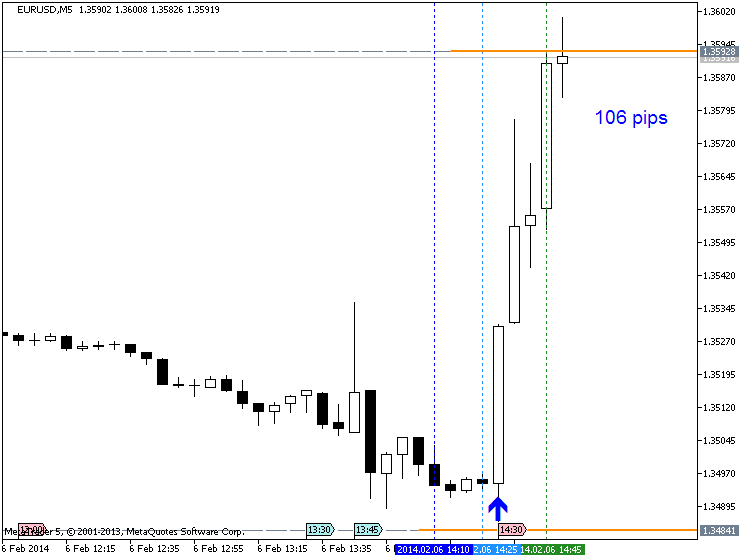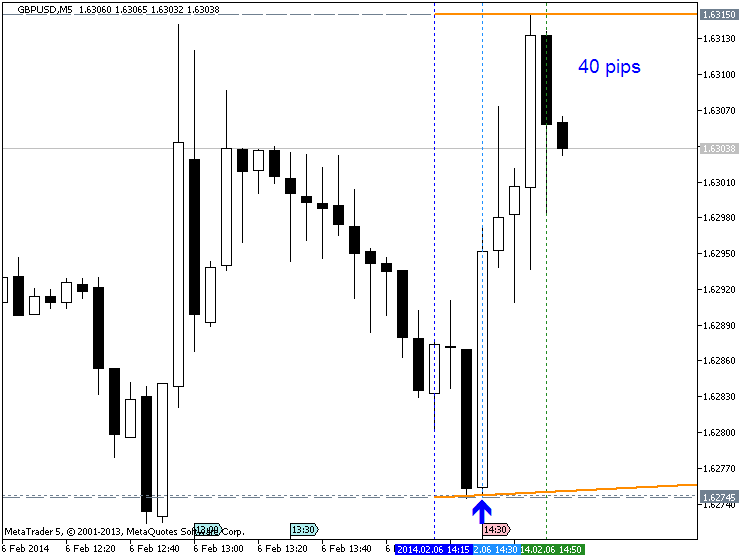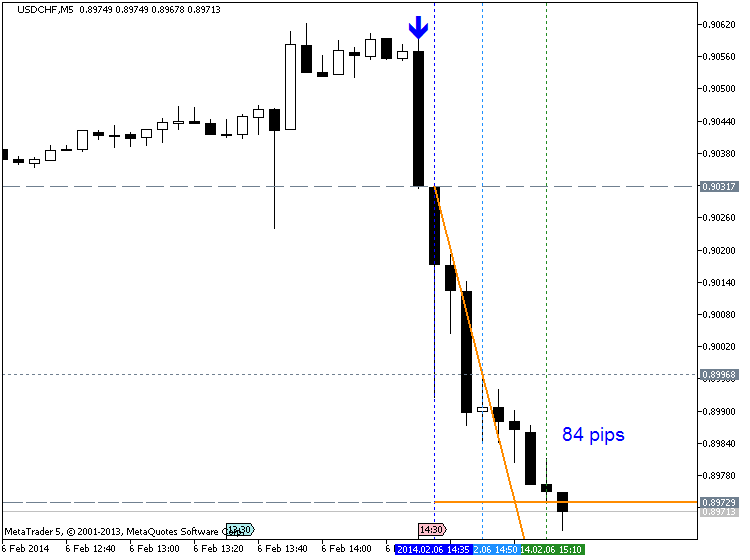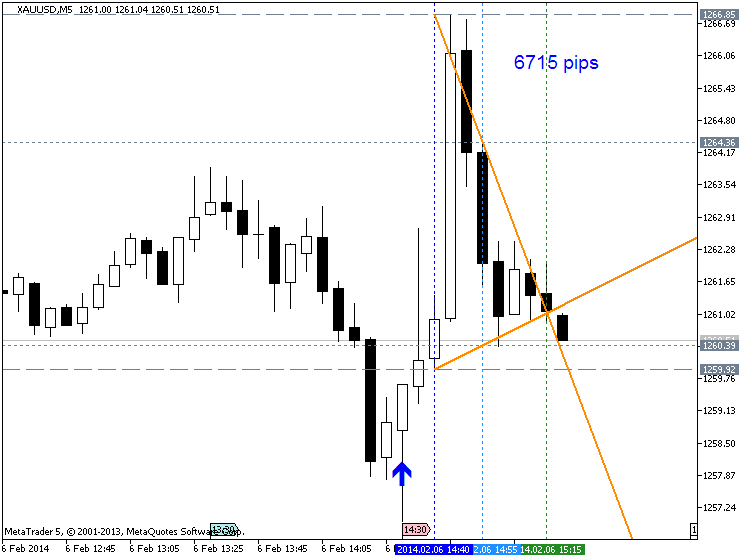U.S. Trade Gap Widens on Drop in Exports
The U.S. trade deficit widened more than expected in December as exports fell, which could see the advance fourth-quarter growth estimate trimmed.
A separate report showed worker productivity rose at a 3.2 percent annual rate during the final three months of 2013, after increasing at a 3.6 percent pace in the third quarter.
The Commerce Department said Thursday the trade gap increased 12 percent to $38.7 billion. November's shortfall on the trade balance was revised to $34.6 billion from the previously reported $34.3 billion.
Economists polled by Reuters had forecast the trade deficit widening to $36.0 billion in December. For all of 2013, the trade deficit was $471.5 billion, the smallest since 2009.
When adjusted for inflation, the trade gap rose to $49.5 billion in December from $45 billion the prior month.
This measure goes into the calculation of gross domestic product. The government in its advance fourth-quarter GDP estimate last week cited trade as one of the key contributors to the economy's 3.2 percent annual growth pace during the period.
Trade added 1.33 percentage points to fourth-quarter GDP growth as exports expanded at their quickest pace in three years and imports slowed.
There are, however, doubts that the robust export growth pace can be sustained in light of slowing growth in markets like China. December's fall in exports could bolster that view.
In addition, strengthening domestic consumer demand could draw in more imports. That has led economists to anticipate some slowing in economic growth in the first quarter.
In December, exports dropped 1.8 percent to $191.3 billion. However, petroleum exports hit a record high in December.
Imports edged up 0.3 percent to $230 billion in December.
Imports of consumer goods hit a record high, but the impact was limited by a fall in the average price of imported crude oil, which hit its lowest level since February 2011.
Separately, the Labor Department reported that U.S. nonfarm productivity rose more than expected in the fourth quarter, mirroring the economy's sturdy growth pace, but weak unit labor costs pointed to subdued wage inflation.
Economists polled by Reuters had forecast productivity, which measures hourly output per worker, rising at a 2.5 percent rate in the last three months of 2013.
Still, the underlying trend remained soft, with productivity increasing 1.7 percent compared to the same period in 2012. For all of 2013, productivity increased 0.6 percent. That was the smallest gain since 2011 and compared to a 1.5 percent rise in 2012.
Unit labor costs - a gauge of the labor-related cost for any given unit of output -- fell at a 1.6 percent rate in the fourth quarter, showing weak wage-related inflation pressures in the economy. Unit labor costs fell at a 2.0 percent rate in the third quarter.
Economists polled by Reuters had expected unit labor costs to fall at a 0.5 percent pace in the fourth quarter. Labor costs were down 1.3 percent from the year-earlier period.
They were up 1 percent in 2013, the weakest reading since 2010.


 LinkBack URL
LinkBack URL About LinkBacks
About LinkBacks










 Reply With Quote
Reply With Quote






Bookmarks